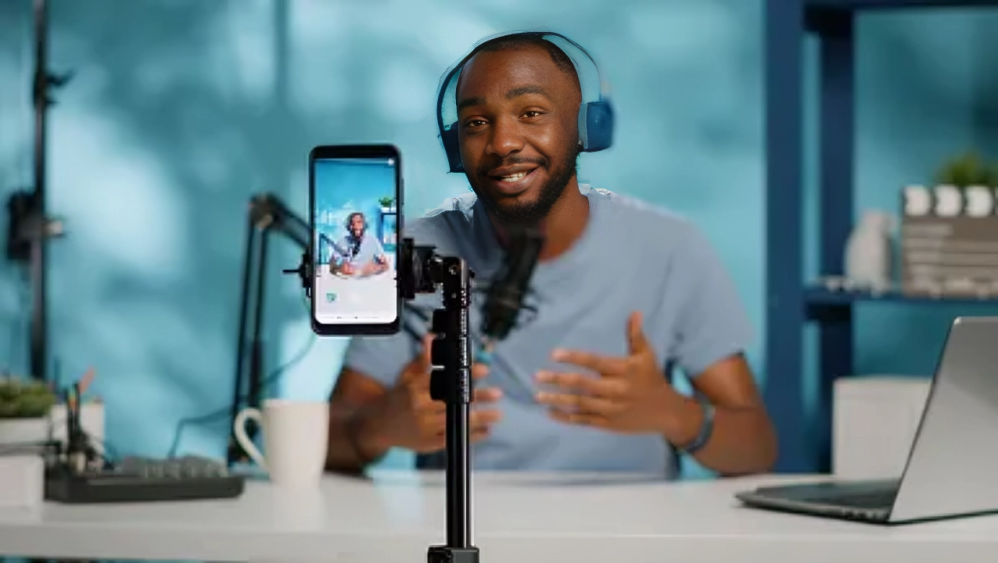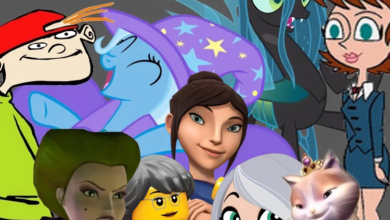
Influencers Gone Wild The Dark Side of Internet Fame
In the era of digital domination, influencers have taken center stage as the new celebrities. With millions of followers, lucrative brand deals, and seemingly glamorous lifestyles, influencers can appear untouchable. But behind the filters, sponsorships, and curated content lies a growing trend that’s drawing increasing concern: influencers going wild—both online and offline.
Whether it’s public meltdowns, bizarre stunts for views, or run-ins with the law, some influencers are crossing boundaries in ways that not only shock their audiences but also spark important conversations about accountability, mental health, and the pressures of internet fame.
What Does “Influencers Gone Wild” Really Mean?
“Influencers Gone Wild” isn’t just about crazy parties or edgy content. It refers to situations where internet personalities behave erratically or unethically—whether through scandalous behavior, legal issues, or reckless content creation—all under the public eye. The term has become a buzzword in social media circles and is increasingly tied to viral headlines and controversy.
Here are some common themes tied to this phenomenon:
- Public Outbursts and Meltdowns
- Dangerous Pranks or Challenges
- Inappropriate or Offensive Content
- Legal Troubles and Scandals
- Mental Health Breakdowns
Famous Cases of Influencers Gone Wild
1. Logan Paul’s Japan Controversy
One of the most notorious early examples is Logan Paul’s 2017 video filmed in Japan’s Aokigahara forest. The video, which featured a deceased person, sparked international outrage. Though Paul apologized and took a break, the incident highlighted how the chase for views can result in seriously poor judgment.
2. Gabbie Hanna’s Online Spirals
Gabbie Hanna, a once-beloved YouTuber and musician, has had multiple public meltdowns livestreamed on TikTok. These episodes—ranging from manic rants to erratic behavior—concerned fans and critics alike. The situation brought mental health into the spotlight, as many questioned the role of social media in exacerbating personal issues.
3. Jake Paul’s Legal Woes
From illegal gatherings during a pandemic to being charged with criminal trespassing, Jake Paul has become the poster child for influencer controversy. His wild antics, while gaining views and followers, have also drawn legal attention and widespread criticism.
4. Staged Pranks Gone Wrong
Influencers like the Stokes Twins and others have been arrested for staging fake bank robberies in public spaces—all for viral content. These stunts not only endangered others but also highlighted how far some will go for internet fame.
Why Do Influencers Go Wild?
The psychology behind influencers’ wild behavior is multi-faceted. Here are some driving forces:
1. The Pressure to Stay Relevant
In a world where algorithms reward constant engagement, influencers feel pressure to outdo themselves constantly. This can push them toward riskier, more sensational content just to stay in the spotlight.
2. Lack of Privacy and Burnout
Unlike traditional celebrities, influencers are often expected to share every aspect of their lives. This continuous exposure can lead to burnout, emotional exhaustion, and eventually, public breakdowns.
3. Fame Without Boundaries
Many influencers gain fame without guidance, management, or media training. The lack of structure and support can make it easy for them to spiral, especially when fame comes fast and young.
4. Echo Chambers and Yes-Men
Surrounding oneself with loyal followers or a team that rarely challenges decisions can lead to poor judgment. Without accountability, bad behavior goes unchecked until it’s too late.
The Role of Social Media Platforms
Platforms like YouTube, TikTok, and Instagram aren’t just passive players in this phenomenon—they often amplify it. Outrageous content tends to go viral more quickly, thanks to algorithms that prioritize engagement over ethics.
Some platforms have begun to respond with stricter policies. For example:
- YouTube has demonetized controversial channels.
- TikTok removes harmful or misleading content.
- Instagram flags misinformation and certain sensitive content.
But critics argue that these efforts are often reactive rather than proactive.
Audience Responsibility: Are We Part of the Problem?
One of the uncomfortable truths about “influencers gone wild” is that audience behavior plays a role. People click on scandalous videos, share outrageous posts, and drive engagement on content they criticize. In essence, controversy fuels views—and views fuel revenue.
If audiences demanded more accountability and rewarded quality over chaos, influencer culture might evolve in a healthier direction.
The Importance of Mental Health Support
Many influencers struggling publicly have later revealed long-standing mental health issues. The online world can be isolating, and hate comments, scrutiny, and cyberbullying can take a heavy toll.
Some influencers have started speaking out, including:
- Emma Chamberlain, who took a break to manage anxiety.
- Lilly Singh, who opened up about depression and burnout.
- Bo Burnham, whose special Inside delves into the mental toll of internet fame.
Mental health support should be a priority—not just for influencers, but for everyone involved in digital media creation and consumption.
Cancel Culture and Redemption
When influencers go wild, cancel culture often follows. But not all public backlash leads to permanent damage. Some influencers manage to bounce back, often by issuing apologies, rebranding, or showing personal growth.
Redemption stories include:
- Logan Paul, who rebuilt his image through a podcast and boxing career.
- James Charles, who returned to content creation after multiple controversies.
- Tana Mongeau, who continues to draw views despite numerous scandals.
This raises questions: Should we forgive influencers who change? Or are some actions unforgivable?
The Future of Influencer Culture
As the influencer industry matures, so too must its standards. Here’s what we might see in the future:
- Stricter regulations on influencer advertising and online behavior.
- More mental health resources built into creator platforms.
- Greater public awareness of how fame affects behavior and wellness.
- A shift toward authenticity, where influencers who show vulnerability and accountability gain more traction.
Final Thoughts
“Influencers gone wild” isn’t just clickbait—it’s a reflection of deeper issues in our digital society. From fame’s psychological toll to the monetization of controversy, the influencer world is both fascinating and fraught.
While it’s easy to mock or judge wild influencer behavior, a more thoughtful approach would involve compassion, accountability, and critical engagement with the content we consume. Because in the end, we don’t just follow influencers—they follow us too.
SEO Tips Recap (for this title/article):
- Title contains high-interest keywords: “influencers gone wild”
- Subheadings use relevant phrases: “public meltdowns,” “mental health,” “scandals”
- Content answers related search intents: what happens when influencers go too far, why they behave that way, what platforms do about it
- Easily indexable, well-structured, and shareable
Would you like a short version or social media captions for this article too?
